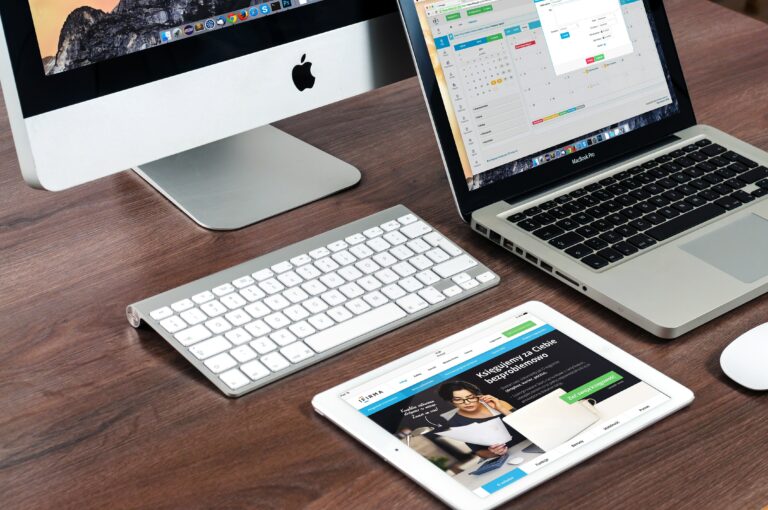Web design is a multifaceted discipline that requires a delicate balance between creativity and functionality. A visually stunning website is meaningless if it lacks usability and functionality, while a highly functional site with a lackluster design can deter users. In this article, we’ll explore the art of balancing creativity and functionality in web design to create websites that are not only aesthetically pleasing but also user-friendly and effective.
The Marriage of Creativity and Functionality
Achieving the perfect balance between creativity and functionality in web design can be challenging, but it’s crucial for creating a successful website that resonates with users and achieves its goals.
1. Start with a Clear Purpose
The foundation of every great website is a clear sense of purpose. Before you dive into the creative process, it’s essential to define the goals and objectives of the website. Consider the target audience, the message you want to convey, and the actions you want visitors to take. This clarity of purpose will serve as a guiding light for both your creative and functional decisions.
2. Prioritize User Experience (UX)
Functionality should always revolve around enhancing the user experience. A user-centered approach involves understanding your audience’s preferences, behaviors, and expectations. Conduct user research, create user personas, and gather feedback to inform your design choices. Ensure that the website’s functionality aligns seamlessly with the user’s journey and goals.
3. Intuitive Navigation
Effective navigation is a fundamental functional aspect of web design. Your website’s navigation menu should be clear, intuitive, and easy to use. Users should be able to find what they’re looking for without feeling lost or overwhelmed. A well-structured navigation system enhances functionality and ensures that visitors can explore your site effortlessly.
4. Responsiveness and Mobile-Friendliness
In today’s digital landscape, users access websites on a wide range of devices. Ensuring your website is responsive and mobile-friendly is not just a creative choice but a functional necessity. A website that adapts seamlessly to various screen sizes enhances the user experience and functionality.
5. Page Speed Matters
Page speed is a critical functional element that directly affects user satisfaction. Slow-loading pages frustrate visitors and can lead to high bounce rates. Optimize your website by compressing images, minimizing code, and leveraging content delivery networks (CDNs) to ensure fast loading times.
6. Aesthetics with Purpose
Creativity shines through the aesthetics of your website, including visual elements, color schemes, and typography. However, creative choices should always serve a purpose. Every design element, from color to imagery, should align with your website’s goals and brand identity. Creativity should enhance the user experience, not distract from it.
7. Consistency and Branding
Consistency is key in both creativity and functionality. Maintaining a consistent design throughout your website creates a cohesive and memorable user experience. Elements such as logos, color palettes, and typography should be applied consistently to reinforce your brand identity and contribute to a unified look and feel.
8. Embrace White Space
White space, or negative space, is a crucial creative element that enhances functionality. It provides visual breathing room, improves readability, and highlights essential content. Utilize white space strategically to guide users’ attention and create a balanced and visually appealing design.
9. Content Presentation
Content is at the core of web design. Creativity comes into play when presenting content in engaging and visually pleasing ways. Creative layouts, typography choices, and multimedia elements can make content more captivating while ensuring it remains easily digestible and accessible.
10. Testing and Iteration
Web design is an iterative process. After implementing your creative and functional design, conduct usability testing and gather user feedback. Use this valuable data to make improvements and refinements to enhance both creativity and functionality continuously.
Conclusion
Balancing creativity and functionality in web design is an art that requires careful consideration, user-centered thinking, and a clear sense of purpose. When you align creative elements with functional goals, you can create websites that not only captivate users with their aesthetics but also provide an intuitive, user-friendly, and effective experience. In the dynamic world of web design, finding the equilibrium between creativity and functionality is the key to crafting websites that leave a lasting impression and deliver on their objectives.
Image Source: https://www.pexels.com/photo/apple-laptop-notebook-office-39284

